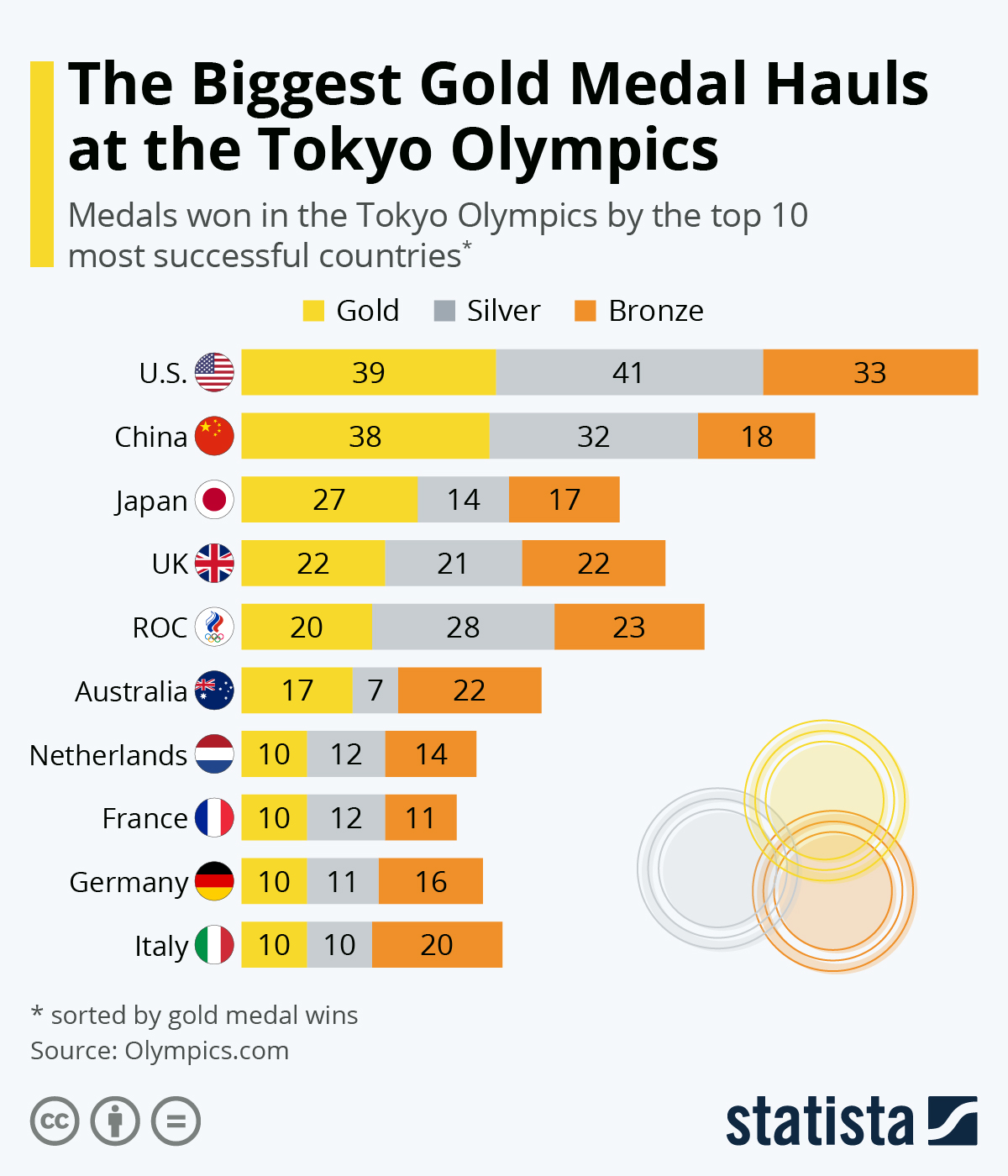
A Century of Strife and Glory: A Historical Analysis of Olympic Medal Tallies
The Olympic Games, a quadrennial spectacle of athletic prowess and international camaraderie, have captivated the world for over a century. Beyond the individual triumphs and dramatic upsets, the competition also generates a fervent interest in the medal tally – a seemingly simple numerical representation that encapsulates years of training, national pride, and geopolitical dynamics. Analyzing the historical evolution of these medal tallies reveals a fascinating narrative that extends far beyond mere sporting achievement, reflecting shifting global power structures, economic development, and evolving sporting landscapes.
The early years of the modern Olympics, inaugurated in 1896 in Athens, presented a vastly different landscape than the one we witness today. The number of participating nations was limited, and the dominance of a few European powers was readily apparent. Great Britain, fueled by its imperial might and a robust amateur sporting culture, consistently topped the medal tables in the early decades. This dominance reflected not only their athletic strength but also their colonial reach, allowing for a broader talent pool and the resources to support elite athletes. Other European nations, such as France, Germany, and Sweden, frequently competed for the top spots, reflecting their relative strength on the world stage at the time. The United States, while present from the beginning, did not achieve consistent top-tier performance until later.
The early 20th century saw the gradual emergence of the United States as a major force in the Olympic Games. The professionalization of certain sports, coupled with the increasing investment in athletic infrastructure and training programs, propelled American athletes to greater heights. By the mid-20th century, the US had established itself as a consistent challenger and often victor in the overall medal tally, a position largely maintained to this day. This shift mirrored the burgeoning economic and political influence of the United States on the global stage.
The Cold War era brought a new dimension to the Olympic medal tally, transforming it into a proxy battleground for ideological competition. The Soviet Union and its satellite states, along with the United States and its allies, engaged in a fierce rivalry, pouring significant resources into their respective athletic programs. The medal count became a symbol of national prestige and ideological superiority, with each nation striving to demonstrate its dominance. This led to a period of intense athletic competition, with both the USSR and the USA regularly vying for the top spot, often with razor-thin margins separating them. This era also saw the emergence of other Eastern European nations, like East Germany and Czechoslovakia, as significant players in the medal tally, benefiting from highly centralized and state-sponsored sports systems.
The collapse of the Soviet Union in 1991 marked a significant turning point. The dissolution of the USSR fragmented its athletic power, with several newly independent nations now competing individually. This redistribution of athletic talent significantly impacted the medal tally, allowing other nations to rise in prominence. China, leveraging its rapidly expanding economy and a concerted national effort to cultivate athletic talent, began a steady climb up the rankings, becoming a major force in the late 20th and early 21st centuries.
The rise of China is a compelling case study in the interplay between economic development and Olympic success. Significant investment in sports infrastructure, training programs, and athlete development has yielded impressive results. China’s focus on certain sports, particularly those with a potential for high medal returns, has been particularly effective. This targeted approach, coupled with a massive population base, has created a pipeline of exceptionally talented athletes, consistently challenging and often surpassing established powers.
The 21st century has witnessed a continued diversification of the medal tally. While the United States and China remain dominant forces, other nations have demonstrated impressive progress. Great Britain, after a period of relative decline, has experienced a resurgence, fueled by increased government funding and a renewed focus on elite athlete development. Other nations like Australia, Japan, and South Korea have also consistently featured among the top medal-winning countries, reflecting their economic growth and investment in sports infrastructure.
Beyond the geopolitical narratives, the evolution of the Olympic program itself has had a significant impact on the medal tally. The addition and removal of sports, the changing rules and regulations, and the technological advancements in training and equipment have all contributed to shifting competitive landscapes. The rise of certain sports, such as swimming, gymnastics, and athletics, has provided opportunities for certain nations to excel, while the decline of others has impacted the medal tallies of specific countries.
Analyzing the historical medal tally also requires considering the limitations of this metric. The focus solely on the number of medals won often overshadows the importance of individual athletic achievements and the broader significance of participation. A small nation winning a single medal might represent a far greater triumph than a large nation adding to its already impressive tally. Furthermore, the medal tally can be influenced by factors beyond athletic performance, including political considerations, doping scandals, and even the luck of the draw in close competitions.
In conclusion, the history of Olympic medal tallies is a rich and complex tapestry woven from threads of national pride, political maneuvering, economic development, and remarkable athletic achievements. While the medal count provides a compelling snapshot of international competition, it is essential to view it within its broader context, recognizing its limitations and appreciating the diverse narratives of individual athletes and nations that contribute to this enduring global spectacle. The ongoing evolution of the Games and the continued emergence of new athletic powerhouses ensure that the story of the Olympic medal tally will continue to unfold, offering fresh insights into the ever-changing dynamics of the world stage. The next chapter, yet unwritten, promises to be just as captivating as those that have come before.



